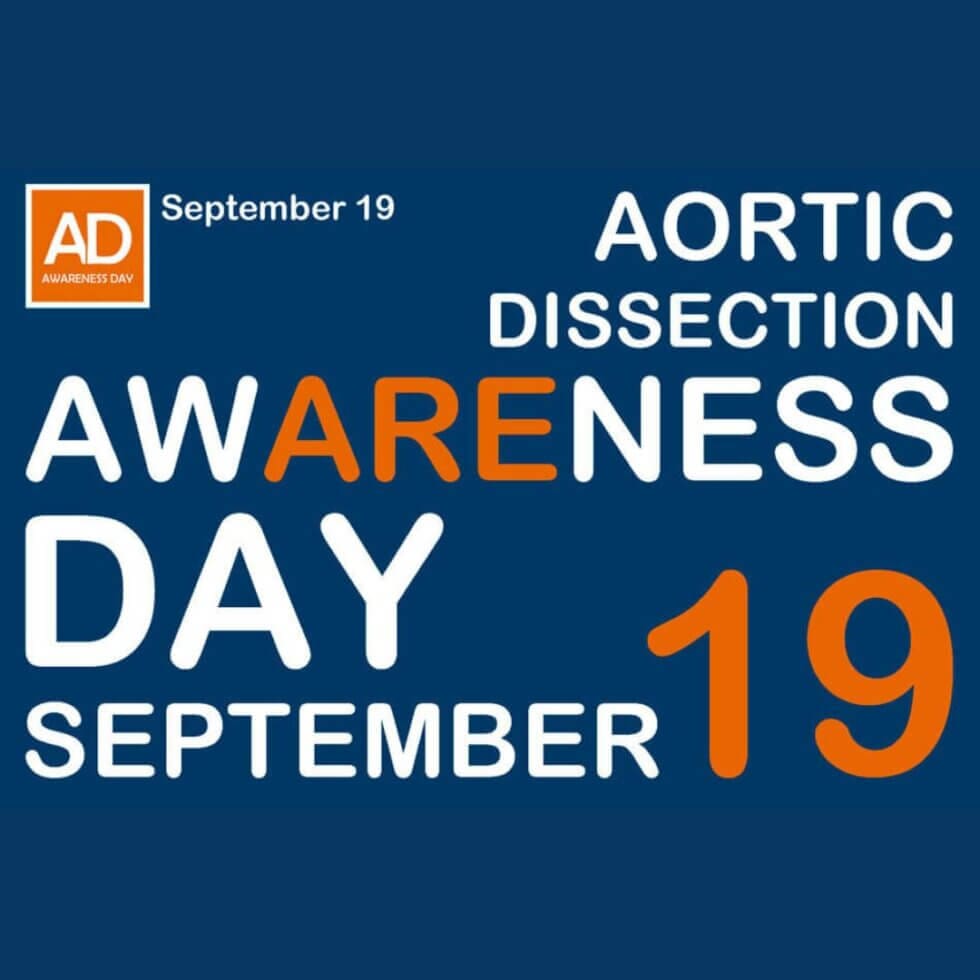Rare Disease Day is observed annually on the last day of February, which is February 28th or 29th, depending on whether it is a leap year. The day is meant to raise awareness of rare diseases and their impact on people’s lives. There are over 7,000 rare diseases, and many of them are not well-known, which can lead to misdiagnosis and delayed treatment.
One of the rare diseases that deserves more attention is aortic dissection. Aortic dissection is a serious condition in which the inner layer of the aorta tears, causing blood to flow between the layers of the aortic wall. This can lead to a decrease in blood flow to the organs and tissues, which can be life-threatening. Aortic dissection is a rare disease, with an estimated incidence of 5-30 cases per million people per year.
The aorta is the largest artery in the body, and it carries blood from the heart to the rest of the body. Aortic dissection most commonly occurs in the thoracic aorta, which is the part of the aorta that runs through the chest. However, it can also occur in the abdominal aorta, which is the part of the aorta that runs through the abdomen.
There are several risk factors for aortic dissection, including high blood pressure, smoking, atherosclerosis (hardening and narrowing of the arteries), and connective tissue disorders such as Marfan syndrome and Ehlers-Danlos syndrome. Aortic dissection can also occur as a complication of other conditions, such as aortic aneurysm, aortic valve disease, and pregnancy.
The symptoms of aortic dissection can vary depending on the location and extent of the tear in the aortic wall. The most common symptom is sudden and severe chest pain, which is often described as a tearing or ripping sensation. The pain may also radiate to the back, neck, jaw, or arms. Other symptoms may include shortness of breath, sweating, nausea, vomiting, dizziness, and fainting.
Aortic dissection is a medical emergency, and prompt diagnosis and treatment are essential for the best outcome. The diagnosis is typically made with imaging tests such as a computed tomography (CT) scan or magnetic resonance imaging (MRI) scan. Treatment may include medication to lower blood pressure and reduce the risk of further tearing, surgery to repair the tear in the aortic wall, or a combination of both.
The prognosis for aortic dissection depends on several factors, including the location and extent of the tear, the presence of complications such as organ damage or rupture, and the promptness and effectiveness of treatment. Mortality rates for aortic dissection are high, with up to 40% of patients dying within the first 24 hours if left untreated.
Rare Disease Day is an important opportunity to raise awareness of rare diseases such as aortic dissection. Despite being a rare disease, aortic dissection is a serious and life-threatening condition that requires prompt diagnosis and treatment. Early recognition of the symptoms and risk factors can help improve outcomes for patients with aortic dissection.




